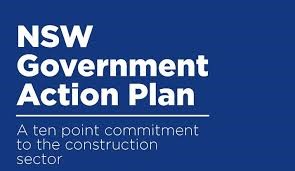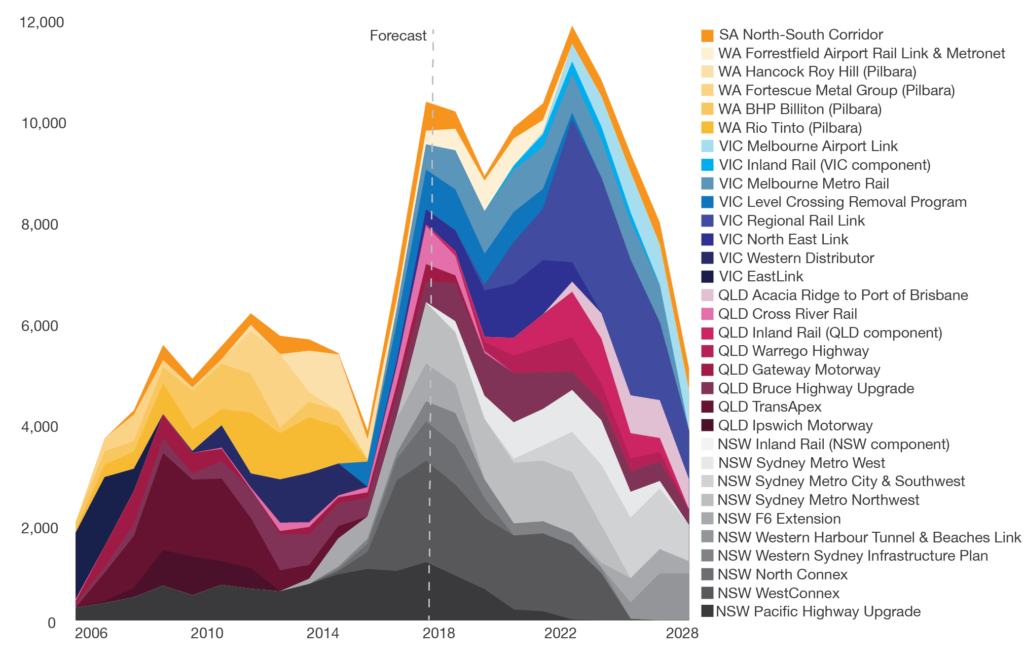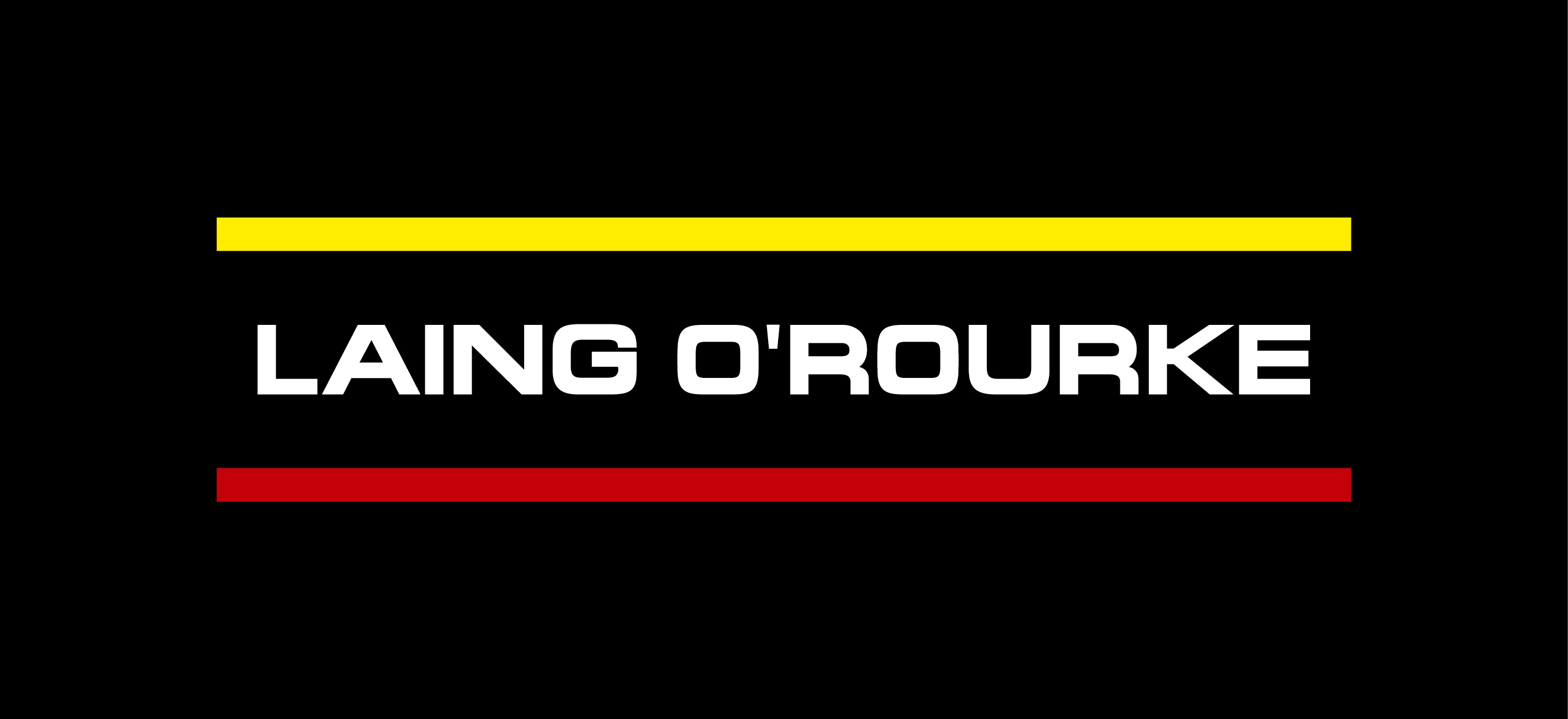
Earlier this year and with much fanfare, the NSW government launched a Ten Point Commitment to that State’s construction industry, with the aim of improving the capability and capacity of the sector. The plan included laudable commitments such as to procure and manage contracts in a more collaborative way, to reduce the cost of bidding, to adopt a partnership-based approach to project risk allocation and to improve the security and timeliness of contract payments.
It is often suggested that governments don’t act until they are standing on a burning platform and in the case of NSW, the platform could have been any one of the much-delayed light rail platforms along Sydney’s George Street. The Sydney light rail project, more than any, is destroying the myth that tax payer value is maximised by locking in the lowest possible price and maximum transfer of risk to the contractor with no regard for which party is best able to manage the risk.
The NSW government tried to use a similar procurement method for other major infrastructure projects, such as the Rozelle Interchange and received little bidder interest in a market where contractors were now spoilt for choice. Hence the reason, at least in part, for a change of approach and the release of the 10-point Commitment to the Construction sector.
So, what are the implications for Queensland?
The market place for major infrastructure projects has no State boundaries. Tier 1 contractors operate on a national basis and as with any company, they deploy their resources to where they believe they will achieve the best and most predictable return.
Currently, those resources are being sent from Queensland to NSW and Victoria primarily because that is where the majority of major infrastructure projects are being constructed but it also due to the more collaborative contracting arrangements being used in those states.
Here in Queensland, despite often well-intentioned motives, the Government has introduced measures that actually make it harder to construct projects in the State – the recently expanded Queensland Procurement Policy being a case in point.
As can be seen from the graph below there is national Tsunami of major projects coming to market. This tidal wave includes significant Queensland projects such as Cross River Rail, Brisbane Metro, Inland Rail and Gold Coast light Rail all of which will be competing for resources in a national market place.
Does Queensland need to prepare its own ten-point plan?
Queensland urgently needs to become more of an attractive place to construct if it is to tempt the contractors that have redeployed legions of surveyors, planners, engineers and project managers to the Southern States to bring them back up North.
There is however another and more pressing imperative for change in Queensland.
As a sparsely populated but rapidly growing State, in the coming years Queensland will need to spend just as much if not more than our Southern neighbours on infrastructure if we are to remain competitive. With asset sales / leasing ruled out for now and a growing State debt, as well as finding alternative funding models such as value capture, we need to find ways to build more for less.
One way in which this can be achieved is through increased collaboration.
Significant savings can be achieved when parties work together to develop innovative solutions for complex projects, reduce waste, improve productivity and agree that rather than argue about claims at the end of a project they will agree how things could be done better next time
It has been estimated (UK Office of Government Commerce – The Integrated Project Team – Achieving Excellence in Construction Procurement, 2007) that such cost savings can be up to 30% compared to more traditional delivery methods
If fully adopted this would effectively enable the Government to buy three hospitals and get one free!
Collaborative contracting models are not new and were used extensively in Queensland before the GFC but they have been refined in recent years particularly in the United States and UK to focus on the delivery of improved project value for money.
QMCA is taking a lead in championing increased industry collaboration. We hope to work with other industry stakeholders such as the Queensland Government to identify opportunities for improved collaboration and agree strategies for achieving it.
In Queensland we need more than a 10-point commitment to industry, we need improved industry engagement, we need increased project collaboration, we need increased innovation and we need it now if we are not to be quickly left behind in an increasingly competitive world.
Jon Davies, CEO, QMCA

















